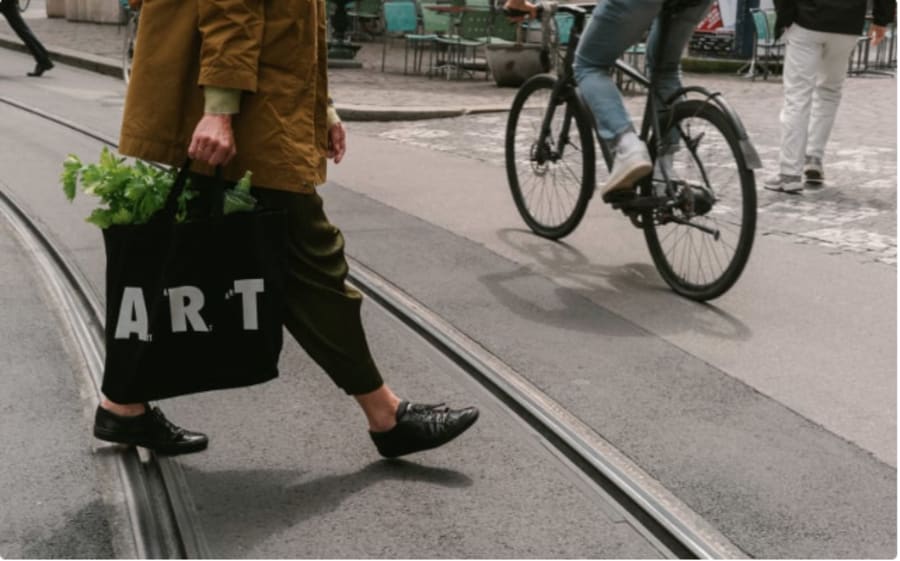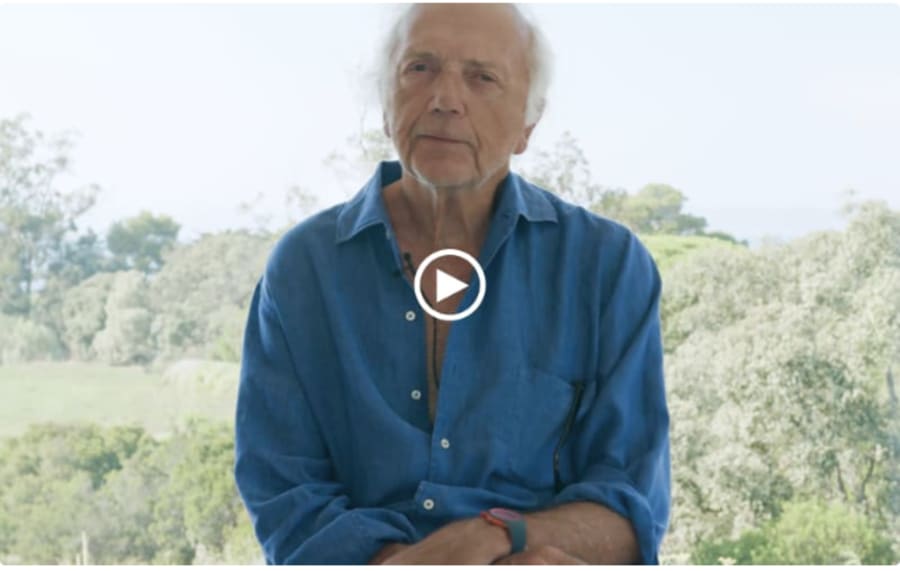‘When galleries such as Hauser & Wirth and Max Hetzler open artist residency spaces in Menorca and Marfa, Texas, you understand the need to find a model that allows you to differentiate yourself,’ observes Charlotte Ketabi-Lebard, who opened her art and design gallery in 2021 in the heart of Saint-Germain-des-Prés in Paris. ‘When I teamed up with [design specialist] Paul Bourdet, everyone thought we were punks, saying there was no good reason to combine contemporary art and design. But today, people think it’s fantastic!’ In just three years, the perception of this unique position within the French gallery scene has changed. ‘We’re leaders in French design from the 1980s. Thanks to this fast-growing sector, we’re reaching collectors we wouldn’t have been able to attract with just emerging contemporary artists.’ Ketabi-Lebard even wants to open a second space so as to have a street-front window, and is considering, in the longer term, setting up shop in New York, and on the shores of the Mediterranean, dreaming of a residency for artists and a holiday destination for collectors.
Ketabi-Lebard’s innovative spirit resonates with the Art Basel & UBS Art Market Report 2024, which points to galleries seeking to be more creative with the artists they represent and their businesses in general. It states: ‘The average number of artists represented by dealers in the primary market increased to 23 in 2023 from 19 the previous year. For businesses operating in both the primary and secondary markets, the number was even higher at 39, up from 31 in 2022, as some galleries attempted to diversify their programs to generate sales and appeal to wider audiences in the flatter and more difficult market context.’ Ketabi-Lebard is very clear: putting the spotlight back on an important female designer like Elizabeth Garouste has helped her draw in collectors while revitalizing her roster of artists.
The Ceysson & Bénétière gallery model confirms this trend, with eight new artists joining its stable in the last two years: Claire Chesnier, Wilfrid Almendra, Tomona Matsukawa, Lesley Foxcroft, Stephané Edith Conradie, Antwan Horfee, Rachael Tarravechia, and Yves Zurstrassen, as well as the estate of Roger Bissière. This large number reflects both a post-Covid ‘catch-up’, as well as the gallery’s recent development. Founded 18 years ago in Saint-Étienne, it has expanded to Koerich, Luxembourg (2008), Paris (2009), Geneva (2012), New York (2017), and Lyon, followed by a larger 1,000m2 space in Saint-Étienne (2021). They’ve always championed locations beyond Paris – not an easy feat in the contemporary art world.
This approach was confirmed once again in 2023, with the creation of an artist residency in the Saint-Étienne countryside, and an art gallery in the middle of vineyards, at Domaine de Panéry, in the Gard region. ‘Since we opened all these venues, our collector-base has grown. The new gallery in Saint-Étienne, which has the feel of a small art center, with a boutique and restaurant, has become the chic hub of the city,’ observes François Ceysson.
‘Despite significant increases in rent and operating costs over the last two years, some dealers have continued to expand their physical premises globally,’ according to the Art Basel & UBS Art Market Report 2024, which cites as examples, the opening of Peres Projects and White Cube in Seoul. Over the last few years, the South Korean capital has become a beacon for the art market. But this should not overshadow the emergence of Japan – something sensed by Ceysson & Bénétière, who are preparing to inaugurate 325m2 on the eighth floor of a tower in the Ginza district of Tokyo this autumn.
Perrotin gallery is already in Tokyo – but geographical expansion is only one strand of the French multinational’s pioneering spirit. Another is publishing. ‘It’s adjacent to the gallery’s core activity, but still very important to us,’ explains Director of Communications and Development Vanessa Clairet Stern. She goes on to list the six ‘Perrotin Stores’ – boutique bookstores launched in 2011 – some of which are fully integrated into the galleries (in New York, Tokyo, and Seoul), while others are more independent, such as the one within the Bellagio hotel in Las Vegas. ‘It’s a way of showcasing our artists’ work in a different way,’ she continues. ‘This year, a number of Perrotin editions have even been selected by Sarah Andelman for the Art Basel Shop, the concept store opposite the Unlimited sector.’
These posters, multiples, and artists’ objects can now also be found on eBay, where the gallery opened an online boutique last February with prices ranging from 5 to 20,000 euros. ‘eBay reaches a different audience,’ Clairet Stern continues. ‘And we’ve sold items there that we don’t normally sell.’ The gallery is in conversation with the American platform, NTWRK, to develop a similar concept. Clairet Stern adds: ‘Today, the gallery must reinvent itself, because the art world is also inspired by other creative industries such as fashion, cinema, and architecture.’
Brothers Pierre and Alexandre Lorquin have also felt the importance of broadening their activities. At the helm of the historic Dina Vierny gallery in Paris (founded by their grandmother, Aristide Maillol’s muse), they have launched a second gallery, a parallel project, to promote emerging artists. Additionally, they are looking for a third space to expand the Dina Vierny gallery and would like to open a private showroom. ‘We’re lucky enough to be able to reinvent ourselves by showing forgotten artists, like the artistes naïfs championed by our grandmother and whom we’ll be showing at Art Basel Paris in October.’
In order to stand out, Mennour gallery has ventured off the beaten path and, in September 2023, launched a new initiative: ‘The Mennour Institute is determined to play an active role in championing art from the 20th and 21st centuries through doctoral fellowships and grants, as well as philanthropic activities,’ states the gallery. Whether it’s via the Mennour Fellowship furthering art historical research, or the Mennour Emergence program, which supports six young art school graduates in mounting a group exhibition at the gallery, the point is to think long term and create a sense of legitimacy which is reassuring for collectors.
Today, reaching a wider public by developing new activities and areas of expertise is key to reinventing the traditional art gallery model. Contemporary art has become increasingly popular. Perrotin tapped into this new-found appeal by regularly organizing children’s workshops within its spaces, and in 2020, in association with the Réunion des musées nationaux, the gallery staged a giant treasure hunt at the Grand Palais, with an artwork as the prize. As Clairet Stern concludes, ‘Today, the gallery is more than a gallery, and it can dream up and build new business models.’
Julie Chaizemartin is a journalist and art critic based in Paris.
English translation: Art Basel.
Caption for top image: Yves-Zurstrassen, Fleurs (detail), 2022. Courstesy of Studio Yves Zurstrassen and Ceysson & Bénétière.
Published on August 13, 2024.


